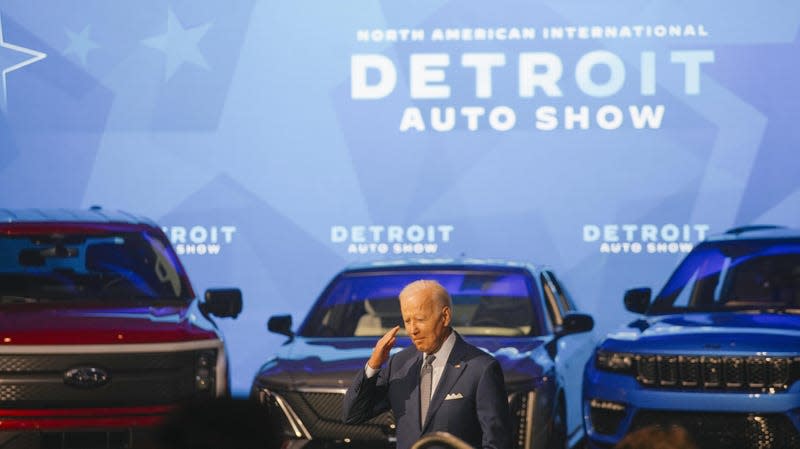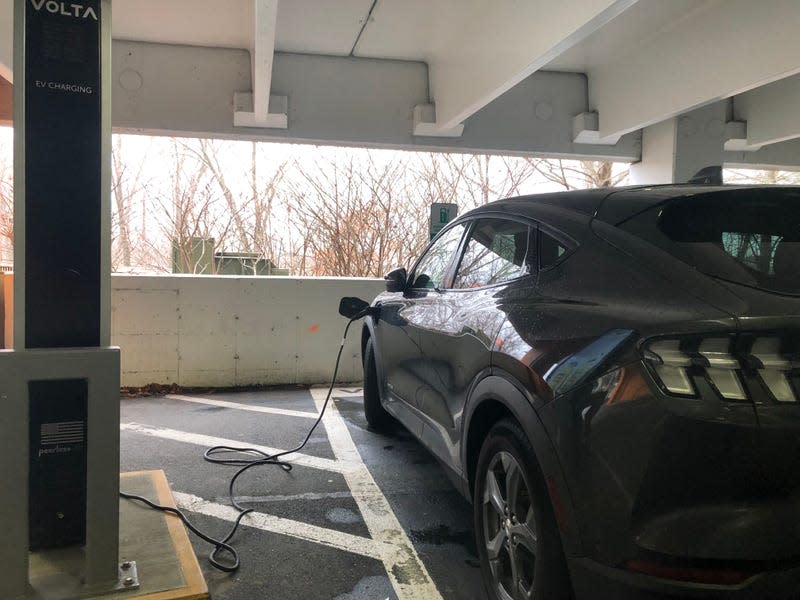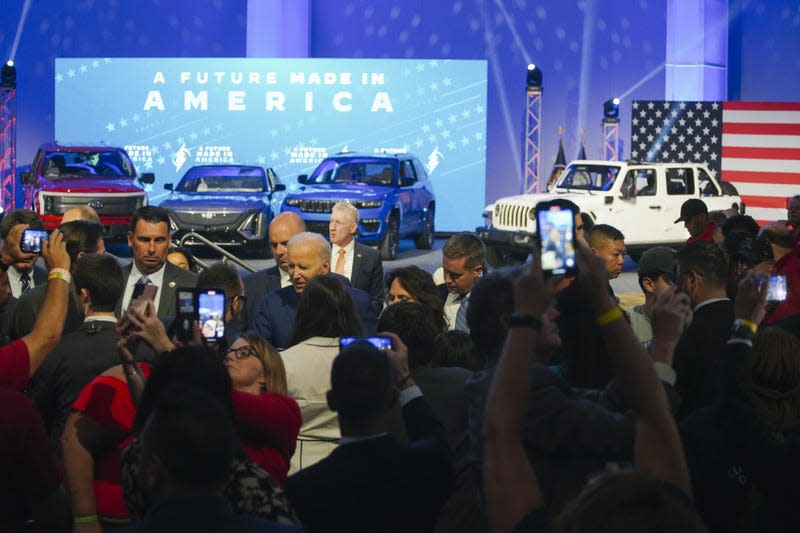The U.S. Treasury Will Rule on EV Tax Credits and Loopholes in the Inflation Reduction Act

The United States Treasury Department is expected to publish new guidelines on Friday that finally explain the latest EV tax credits included in the Inflation Reduction Act. After nearly a year of tense discussion between U.S. legislators and global automakers, we will finally have a better understanding of what EV models will be eligible for the full $7,500 tax credit and what EVs won’t.
In case you missed it:
Study Explores How Long Electric Vehicle Batteries Really Last
Fordlandia: Henry Ford’s Abandoned Company Town in the Amazon Rainforest
And not long after Treasury releases the guidelines, we will also have a clearer idea of whether or not leasing a new EV will, indeed, turn out to be a loophole for buyers in the U.S., as the Washington Post reports. If that’s the case, at least for the next couple of years, leasing certain EVs may be the only way to get those nice new EV tax credits.
Read more
The distinction has been unclear for now given the moving targets outlined by subsequent discussions between lawmakers and auto industry giants, many of whom were unhappy with the strict provisions in the IRA as it was drafted.
When the federal law was first introduced, it was clear about eligibility for federal EV subsidies: these would apply (or not) based on a vehicle’s country of origin or assembly, as well as the origin of the raw materials used to make the battery pack powering that EV. The new tax credits basically broke down like this, according to the Washington Post:
The agreement Congress passed and Biden signed in August kept the $7,500 credit, but with limits that split it into two parts: Consumers can get a $3,750 credit if the EV has a battery containing at least 40 percent critical minerals from the United States or a country with which the United States has a free-trade agreement. They can receive another $3,750 credit if at least 50 percent of the battery’s components were assembled and manufactured in North America.
The idea behind these rules was, more or less, to reduce America’s dependence on China as far as the EV supply chain goes. China currently has one of the most robust supply chains in the auto industry, especially in terms of EV assembly, which the IRA is pointedly concerned with. Chalk it up to China’s willingness to take on the dirtiest jobs, and the eastern country’s far flung sight — in terms of the long game it was playing to establish itself as an EV production hub.
Many modern EVs rely on China, where many raw materials (nickel, cobalt, lithum and copper) needed for EV production are processed and ultimately turned into battery packs. China’s near-monopoly on processing these materials is weakening as more countries are interested in taking on the task, but not fast enough to curb the industry’s dependence on the East — at least, not for now.

So, the new rules in the IRA threaten to make many EVs currently for sale in the U.S. ineligible for the full tax credits, therefore making them less competitive on the market. And, of course, automakers didn’t like that. The industry responded by claiming the IRA would threaten mass adoption of EVs in America, which was the point all along.
Except it wasn’t. The point of the IRA was ostensibly to nudge (or force) mining and production back to the U.S., or to countries with free-trade agreements with America — this explains Tesla in Mexico and Volkswagen in Canada. Simple, right? Maybe not. Let’s just wait until the U.S. realizes that China is slowly working its way into Mexican auto production. But never mind that for now.
The Post also goes on to say that Senator Joe Manchin, largely seen as the architect behind the IRA, was not aware that the U.S. and the European Union don’t currently have a free-trade agreement. Sorry, EU carmakers. Our bad.
Many foreign carmakers have since pushed for a consolation prize in the form of subsidies that apply to new EV leases, which could change the way Americans go about car shopping. But the jury is still out on the transition from buying to leasing, since EV leases made up fewer than 15 percent of transactions in 2022, per the Washington Post. And Manchin has said that the lease loophole betrays the goals of the IRA as it was drafted — to encourage domestic production.
The provisions were intended to help speed up EV adoption through companies that have big commercial fleets of cars and trucks — largely leased. But several automakers have advocated for programs in which they or their affiliated dealers would be the buyers, and then pass on the savings to standard retail consumers who take on lease agreements, but with lower lease payments.
Some analysts and lobbyists say leasing could work well for EV consumers who want to swap out cars for better battery life or to take advantage of rapidly improving technology.
Until we see the guidelines on Friday, we can only make an educated guess whether this or that model of EV will be eligible, and whether EV leases will count. As the Post explains, even carmakers are stepping in to help buyers navigate the IRA’s tax credit maze. For example, General Motors went the fellow kids route and made a smartphone app to “‘decode’ how much of the $7,500 credit will apply.”
The Biden administration also plans to publish so-called education programs to help buyers know if their new electric car is eligible for the full tax credit under the IRA. It’s all a bit messy, and worth asking which comes first: the chicken or the egg? The full federal EV tax credit or the domestic sourcing and production of EVs in the U.S.?

More from Jalopnik
Sign up for Jalopnik's Newsletter. For the latest news, Facebook, Twitter and Instagram.

 Yahoo Autos
Yahoo Autos 